Table of contents
Do you know the benefits of cocoa?
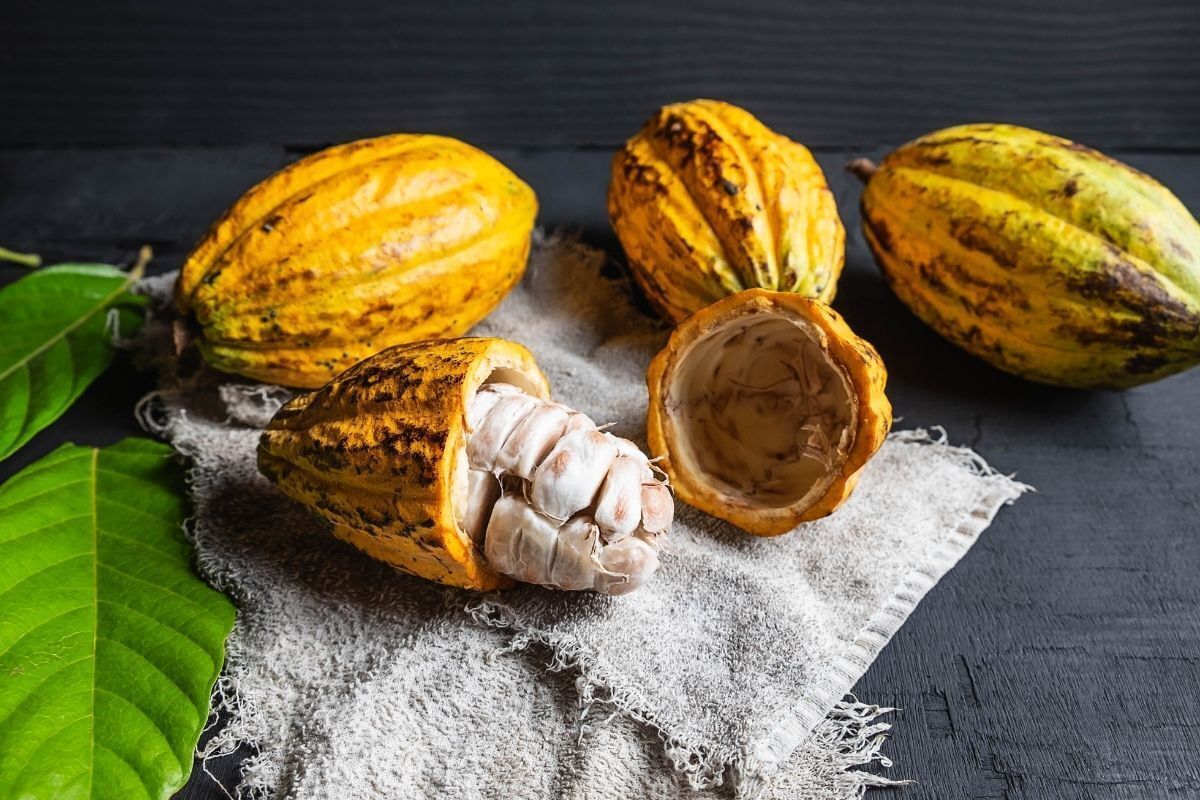
Cocoa is a fruit much remembered by Brazilians, who are big consumers of chocolate, but its forms of consumption don't just concern the sweet stuff, especially due to its unique and striking flavor. The fruit, which even has a commemorative date on March 24, is a powerful antioxidant and is good for your health, including preventing diseases.
Cocoa powder is commonly used in various types of recipes, and in some types of chocolate, its concentration is higher. As a result, its benefits can be effectively felt. One of them, the release of serotonin, directly impacts mood and disposition on a daily basis. So it's no secret that cocoa is an ingredient that promotes well-being and better health.
In this article, you'll find out more about the fruit, its benefits, properties and a mouth-watering recipe. After all, healthy recipes don't have to compromise on taste!
Understanding cocoa
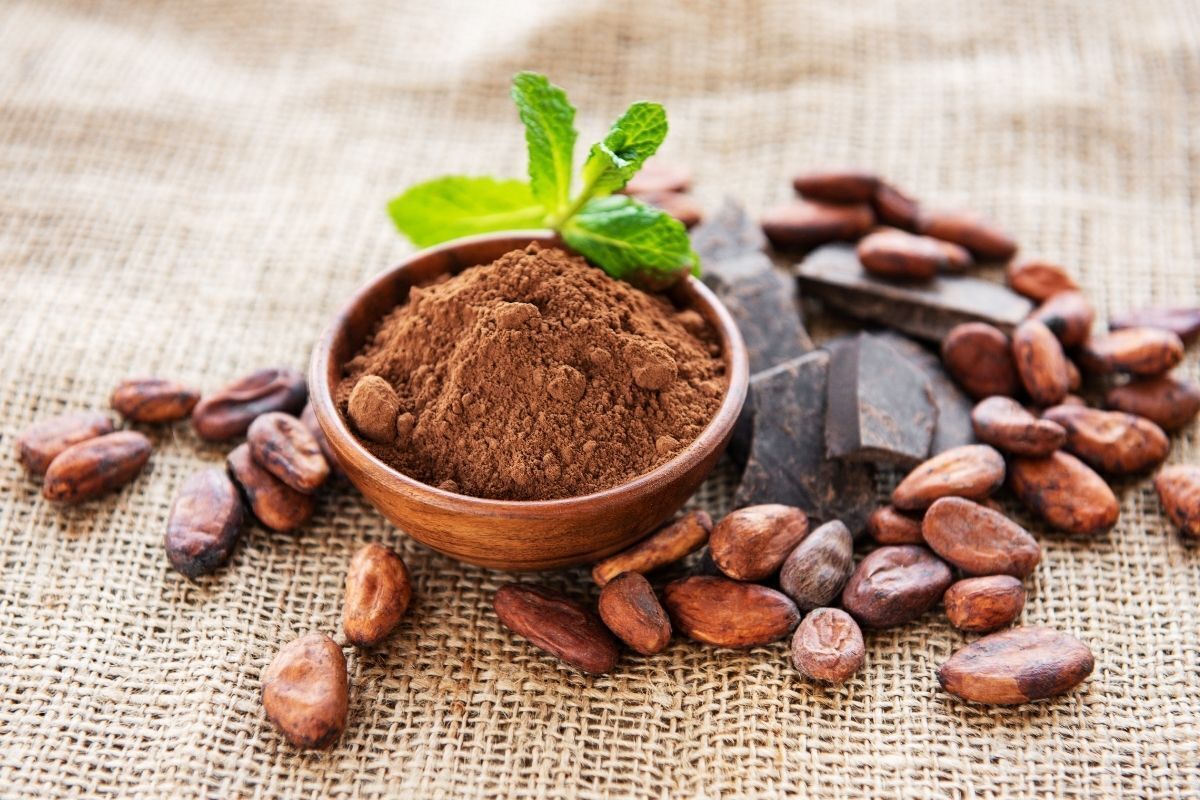
Brazil is a country that stands out for its production of cocoa, which occurs in large quantities in African territory. Rich in nutrients, the fruit is typically used in chocolate, but can be included in the diet in other ways. The benefits improve the health of the whole organism and more: a probable hypothesis is the Brazilian origin of cocoa. Read on and find out more!
What is cocoa?
Cocoa is the fruit of the cacao tree, which in natural conditions can grow to over 20 meters in height. The fruit is approximately 20 centimeters long and varies in color depending on the ripening cycle, from green and purple to yellow and orange. The seed is large and covered with a white pulp, and its taste is sweet.
When the beans are roasted and ground, they turn into cocoa powder, like the kind you find in the market. Chocolate production begins with the beans and then other ingredients are added. From cocoa to sugar, each component and dosage makes a difference to the taste of the final product.
Origin and characteristics of cocoa
The origin of cocoa is somewhat controversial, as many believe that it originated in Central America, but there is research that reinforces the origin of the fruit in the Amazon basin, in northern Brazil. In fact, the first recipes with cocoa originated in the Aztec civilization more than 5,000 years ago, but evidence indicates that cocoa was already present in the Amazon before that.
Although the pulp tastes sweet, it's the cocoa beans that are used to make chocolates. It's from these beans that cocoa powder is extracted, which is used by chocolate manufacturers. For this reason, versions of the sweet that have higher levels of the fruit are more bitter.
What is cocoa good for?
Cocoa has many health benefits and is typically used to make chocolate. Commercially, the more bitter the sweet, the higher its cocoa content. Historically, the fruit was seen as a source of wealth in ancient times and was even used to pay taxes. This is how cocoa-based drinks came into being.
Cocoa properties
The main properties of the cacao fruit are its antioxidant and anti-inflammatory potential. Its phenolic compounds also benefit health, as they combat high cholesterol levels and improve cardiac health, preventing heart disease. The impact on quality of life is undeniable, including mood and well-being, as well as its cardioprotective function.
The composition of the fruit includes iron, zinc, magnesium, tryptophan, flavonoids and lots of fibre. These components are part of a healthy menu and help organs and systems to function. In the case of chocolates, the cocoa content can vary. Those that are 70% cocoa, for example, although more bitter to the taste, have sugar in their formulation.
Oleic acid is another component that makes cocoa a powerful food for those seeking a healthier life. The substance benefits blood flow and blood pressure and reduces the risk of heart disease such as heart attacks and strokes.
Benefits of cocoa
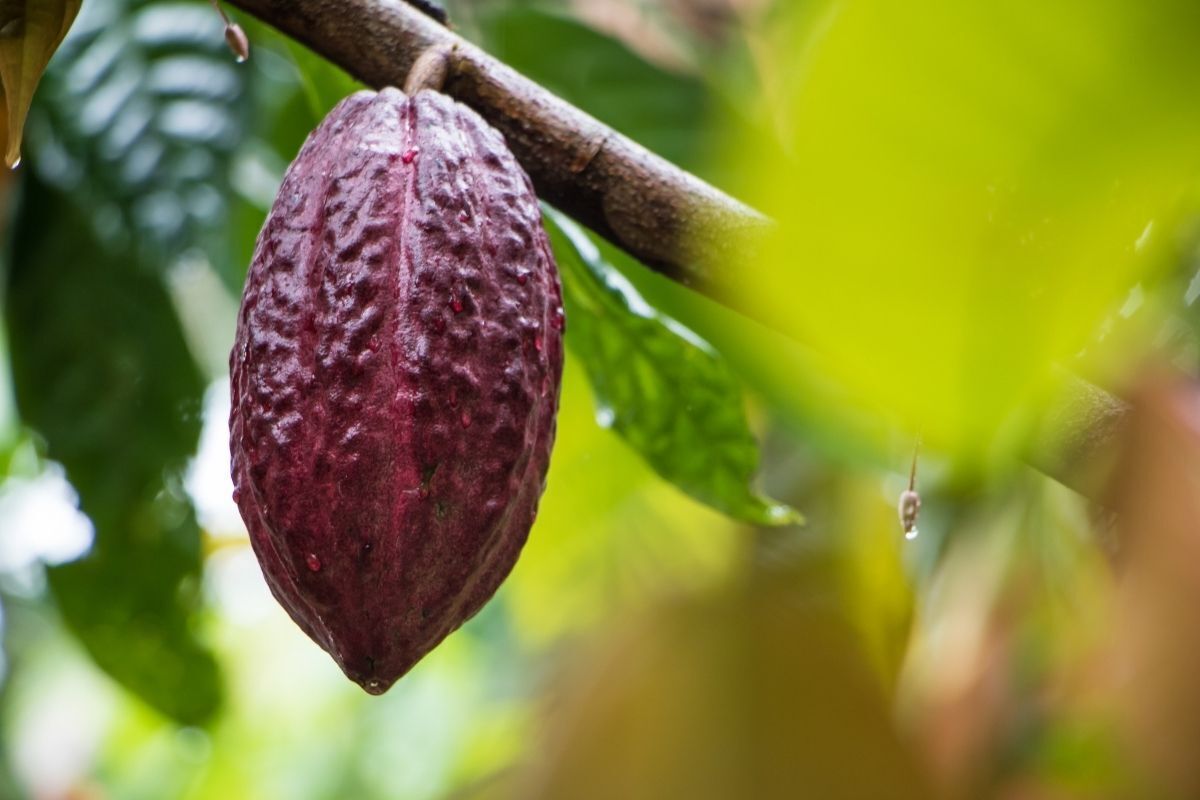
As well as helping to prevent various diseases, cocoa has numerous health benefits. An aphrodisiac, the fruit improves memory and helps with physical performance, helping to keep the body in good spirits and balanced. It's worth remembering that its consumption in higher, less sugary concentrations is fundamental to boosting health. Check out the other benefits of cocoa for the body below!
Reduces blood pressure
One of the benefits of cocoa is its vasodilating properties, making it an ally of good blood circulation, which reduces blood pressure and prevents heart problems. In addition, the ingredient relaxes veins and arteries, which also helps to reduce high blood pressure.
The antioxidant action of the Brazilian fruit is one of its main characteristics and, by preventing the impact of free radicals, the cells of the cardiovascular system are kept healthier. Consumption of cocoa should follow the recommendations of a specialist in these cases.
Helps improve mood
Cocoa stimulates the production of serotonin, which is the hormone responsible for feelings of happiness and well-being. As a neurotransmitter, the substance promotes noticeable improvements in mood and disposition, having a profound impact on the body. In addition to mood, aspects such as sleep, appetite and memory benefit from the increase in serotonin.
The consumption of cocoa is related to an increase in the hormone, provided it is in more concentrated versions and contains less sugar. Cocoa also reduces the production of cortisol, reducing stress and improving mood. For women with PMS symptoms, for example, the fruit is an ally in reducing discomfort.
Regulates cholesterol levels
Bad cholesterol, known as LDL, can build up on the walls of blood vessels, forcing the body to work harder to circulate the blood. Cocoa, rich in flavonoids, is a beneficial food for circulation and heart health, as it prevents the formation of plaques and reduces inflammatory conditions.
Lowering cholesterol, as well as reducing the amount of fat inside the body, is a key factor in preventing various cardiovascular diseases. The heart is thus better protected and healthier.
Inhibits the inflammatory process
Recipes made with cocoa, as well as bitter chocolates, attract attention for their benefits in fighting inflammatory responses in the body. When present in high concentrations, the fruit acts in a similar way to industrialized medicines, with the advantage of being an ingredient that is good for heart health.
This benefit makes cocoa an ally for those who practice physical activities, even at high intensity, since they require a great deal of muscular effort. This makes the fruit a natural resource for the recovery of the body, and its anti-inflammatory properties also help women during PMS.
Regulates intestinal flora
Cocoa is rich in compounds that are prebiotics and probiotics. Prebiotics play a fundamental role in the normal activity of the intestine, since they are fibers used by probiotics, the bacteria that are beneficial to the human body. Adding cocoa to the diet therefore guarantees the modulation of the intestinal microbiota, which directly impacts the well-being of individuals.
Prevents anemia
Anemia is a health problem related to a lack of iron in the body. In the blood, insufficient iron impairs the formation of hemoglobin, the compound that carries oxygen to all the body's cells. Cocoa is rich in this nutrient, which makes its regular consumption a natural source of iron, especially as part of a balanced diet.
Prevents thrombosis
The consumption of cocoa has a positive influence on blood circulation. Rich in flavonoids, the fruit prevents the formation of blood clots, which reduces the risk of thrombosis. This benefit is remarkable, since clots can move around in the body, causing serious damage.
The benefits of cocoa for blood circulation as a whole help to minimize the chances of thrombosis. Its vasodilating action and nutrients, when combined with a healthy diet and routine, prevent the occurrence of venous thrombosis.
Helps control weight
When it comes to weight control, cocoa stands out for the presence of polyphenols in its composition. Some types of this chemical structure, such as the catechins found in the Brazilian fruit, have an action that combats the accumulation of fat in the body. This is because, in addition to preventing weight gain, polyphenols play a fundamental role in the body's energy expenditure.
Reducing inflammation is also related to a healthy metabolism, which makes cocoa an ally for those who want to maintain or lose weight. In addition, cocoa is a rich source of energy, improving your mood during physical activity.
Prevents dementia
As cocoa is rich in flavonoids, it is a friendly ingredient for good brain health, which is why its impact on cognitive aspects is remarkable, such as improving memory and reasoning ability. Flavonoids also benefit various cellular activities, keeping the nervous system healthy and reducing the risk of dementia.
Contrary to popular belief, this is not a specific disease, but a group of possible diseases that affect the brain and cognitive abilities. In addition, the fruit is a powerful antioxidant, which prevents degenerative processes in cells and positively affects blood circulation.
Reduces the risk of diabetes
The cocoa fruit is an ingredient that has a direct relationship with insulin. By reducing the body's resistance to the substance, its action becomes better and the body benefits, with a lower risk of diabetes. The effective work of insulin also guarantees healthy blood glucose levels, which makes for healthier daily life.
However, consuming chocolates or cocoa preparations that contain sugar is not recommended as a means of achieving this benefit. For diabetics, consuming the fruit fresh or in recipes with natural sweeteners such as stevia is a healthy option if consumed in moderation.
How to make a healthy brownie with cocoa powder and linseed
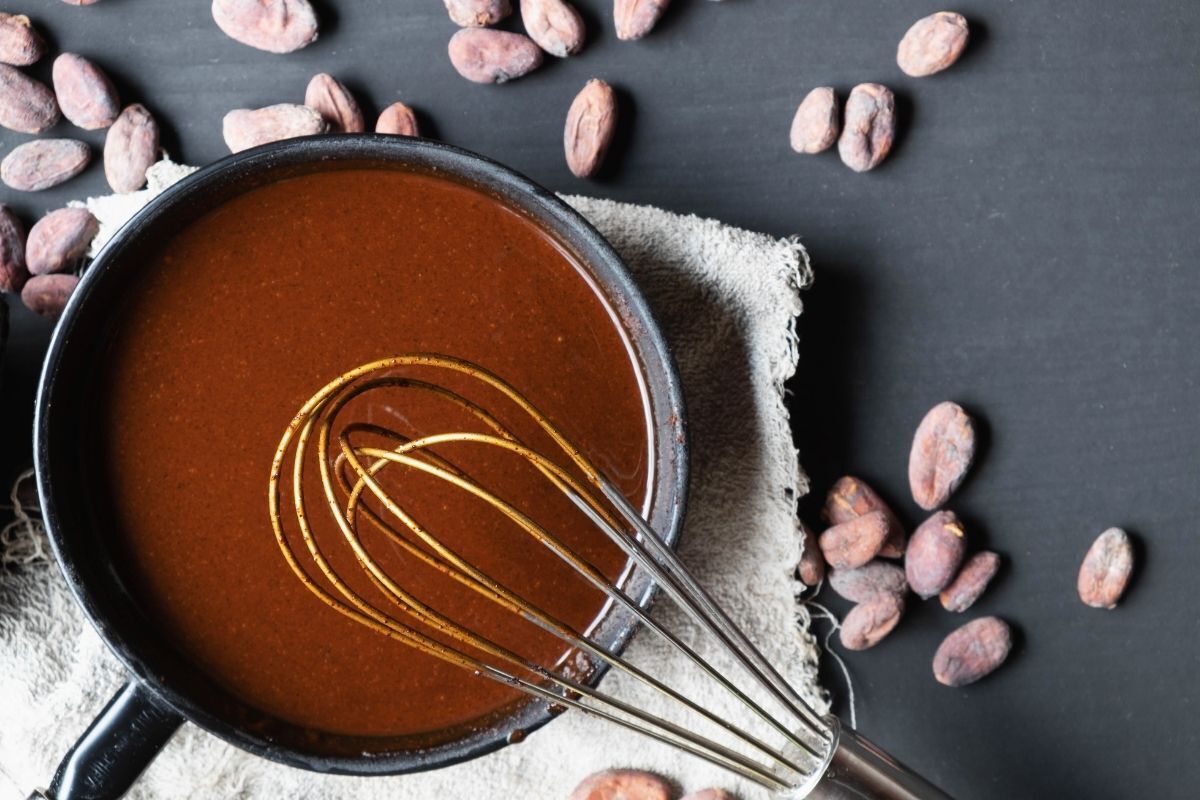
The "fruit of the gods" is part of many recipes. There are healthier options that use the ingredient itself instead of chocolate, such as the brownie, which also contains linseed. How about making this treat today for an afternoon snack and enjoying the benefits of cocoa? Check out the ingredients and how to prepare it!
Ingredients
To make your brownie, you'll need
- 2 cups brown sugar;
- 4 eggs;
- 1 ¼ cups cocoa powder;
- 1 cup linseed flour;
- 6 tablespoons of unsalted margarine;
- 3 tablespoons of whole wheat flour;
- 3 tablespoons of white wheat flour.
How to do it
To start the recipe, melt the butter in a bain-marie and add the cocoa, stirring constantly. Beat the egg whites until stiff and add the egg yolks until they form a uniform mixture. Continue stirring and gradually add the first preparation, the wheat flour and the linseed. Place in the oven, which should be preheated to 230ºC.
Bake for about 20 minutes to keep the inside of the pastry moist, then enjoy as you like.
Other information about cocoa
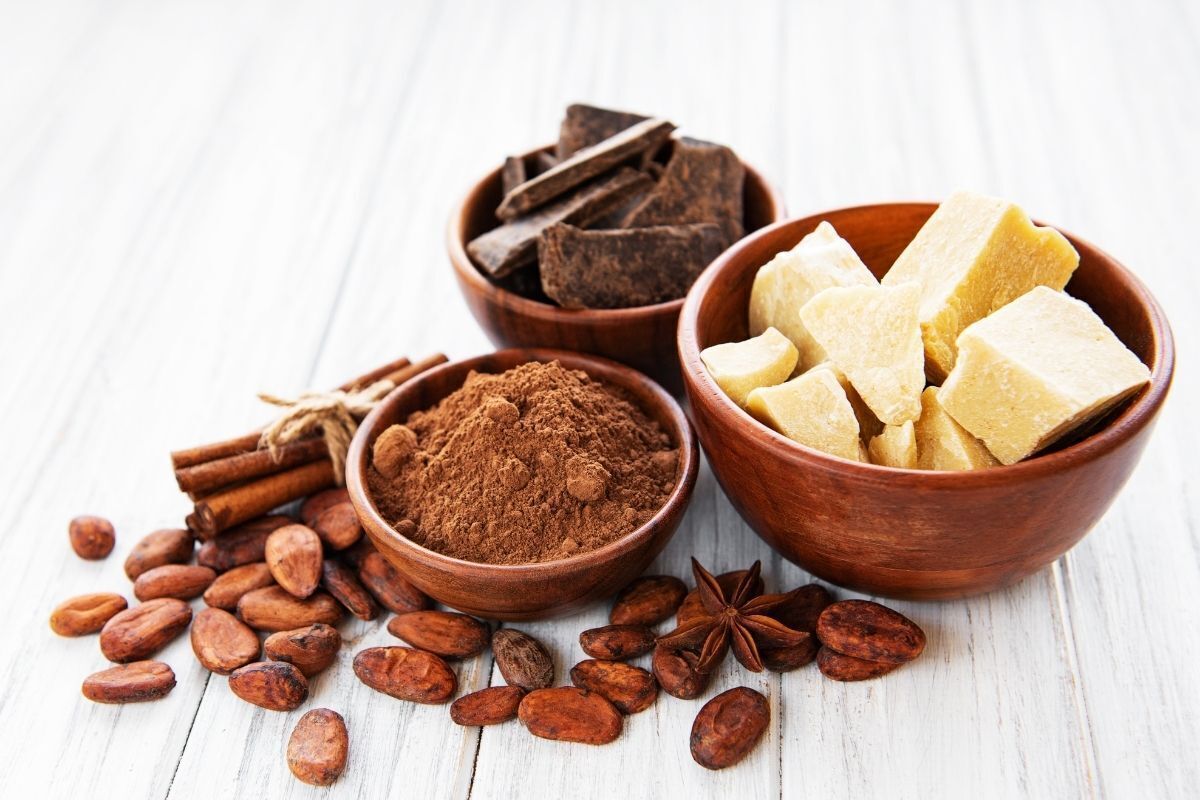
Found in markets, cocoa powder is the version most commonly found in recipes. Consumption of the fruit itself is not so common, despite the country's large production. Excess cocoa, like other natural ingredients, is not beneficial to the body, and you should choose it consciously. See other important information before choosing your cocoa or chocolate below!
How to choose the best cocoa powder
Some aspects help you choose the best cocoa powder option available on the market. Chocolate powder, for example, is the sweetened and flavored version of the roasted and ground seeds of the fruit, reducing its naturally bitter taste. If the product is sweetened, look for options with natural sweeteners for healthier choices.
The cocoa content also makes a difference to the taste and benefits. From 50%, products become more beneficial to health, even in the case of chocolates. For pure cocoa powder, the alkaline versions are milder, while the lecithinized ones are more soluble. In the case of allergies and dietary restrictions, it is advisable to pay extra attention to the label.
How to eat the cacao fruit
The pulp of the cocoa bean is suitable for making juices or jellies, while the shell can be used to make flour. The thing about eating the fruit is that it tastes acidic, unlike chocolate, which is usually sweet.
Cocoa beans, on the other hand, are bitter, and cocoa powder can complement a variety of culinary recipes, including the addition of fruit and natural sweeteners. Finally, cocoa beans can be eaten fresh.
Risks and harms of cocoa
Cocoa's main harm, or health risk, concerns the possible damage it can do to the gastrointestinal system. Due to its composition, the ingredient can be aggressive to the stomach mucosa, causing symptoms such as pain, heartburn or bloating. In the case of chocolates, even the bitter ones have some level of sugar, most of them causing problems that may go unnoticed.
Contraindications of cocoa
Depending on the amount of cocoa consumed, there are some contraindications. Because it contains caffeine, the fruit is not suitable for people with stomach sensitivity or problems such as gastritis, as well as insomnia. Consuming cocoa powder with milk can make it difficult for the body to absorb calcium and is not suitable for everyone.
Cocoa has many benefits!
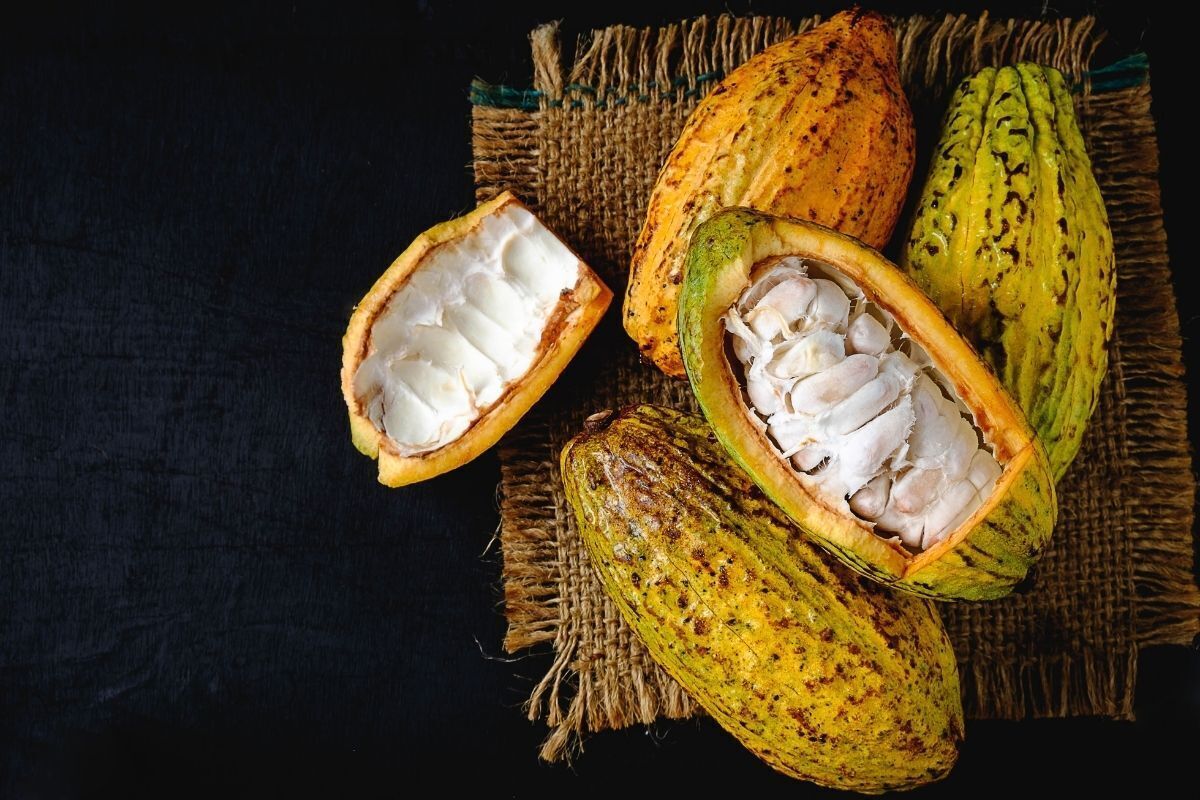
Known for centuries, cocoa is now part of many recipes, including drinks. The first preparations using the fruit date back to the Aztec civilization, which created the basis for what is now chocolate in its commercial form. The more cocoa there is in the sweet, the more its benefits can be felt with regular consumption, the antioxidant action being the best known.
The fruit is good for the heart, lowers blood pressure and prevents the development of inflammatory and degenerative conditions. The reduction in the risk of diabetes, as well as other positive health impacts, occurs when cocoa is consumed as part of a healthy and nutritious diet, without excessive sugar-laden preparations, for example.
Grown in Brazil, cocoa isn't just the main ingredient in chocolate. By using it naturally, the whole body benefits, starting with mood and disposition. How about adding it to your diet?

